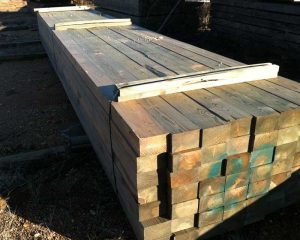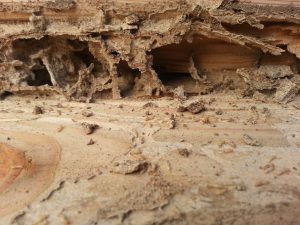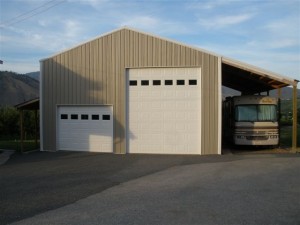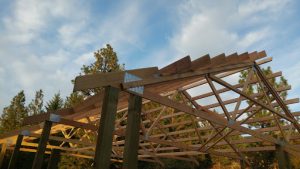Most of us – both those who specify wood treating and those who use it, look upon the litany of possible wood treatments like alphabet soup.
 Or maybe more like Scrabble – where my 19 year old daughter always seems to either draw the right letters, or make otherwise incomprehensible words (to her Dad anyway) out of a total jumble.
Or maybe more like Scrabble – where my 19 year old daughter always seems to either draw the right letters, or make otherwise incomprehensible words (to her Dad anyway) out of a total jumble.
Copper azole preservative (denoted as CA-B and CA-C under American Wood Protection Association/AWPA standards) is a major copper based wood preservative which has come into wide use in Canada, the USA, Europe, Japan and Australia following restrictions on CCA (Chromated Copper Arsenate). Its use is governed by national and international standards, which determine the volume of preservative uptake required for a specific timber end use.
Copper azole is similar to ACQ (Alkaline Copper Quaternary – read more at https://www.hansenpolebuildings.com/blog/2012/06/acq-treated-lumber/) with the difference being the dissolved copper preservative is augmented by an azole co-biocide like Tebuconazole instead of the quat biocide used in ACQ. The azole co-biocide yields a copper azole product which is effective at lower retentions than required for equivalent ACQ performance.
Here in North America it is marketed widely under the Wolmanized brand in North America.
The AWPA standard retention for CA-B is 0.10 lb/ft3 for above ground applications (UC-3) and 0.21 lb/ft3 (pounds of pressure treating chemical retained per cubic foot of wood) for ground contact applications (UC-4A). Type C copper azole, denoted as CA-C, has been introduced under the Wolmanized brand. The AWPA standard retention for CA-C is 0.06 lb/ft3 for above ground applications and 0.15 lb/ft3 for ground contact applications. Both CA-B and CA-C require a retention of 0.31 lb/ft3 in order to meet the IBC Code requirement of a UC-4B for structural in ground use in post frame buildings.
For detailed information on pressure treated lumber for structural in ground use: https://www.hansenpolebuildings.com/blog/2012/10/pressure-treated-posts-2/
The copper azole preservative incorporates organic triazoles such as tebuconazole or propiconazole as the co-biocide, which are also used to protect food crops. The general appearance of wood treated with copper azole preservative is similar to CCA with a green coloration.
Every piece of pressure treated lumber will have a tag on it stating what treatment chemical was used and to what level it was treated. Be sure for look for these tags. Don’t get fooled by companies stating they use wood treated for in ground use, only to be sent lumber with inadequate treatment. Your future question to me will be “why did my posts rot?” With the right chemicals, and the right level of treatment, your letter will have two words, “Thank You.”









